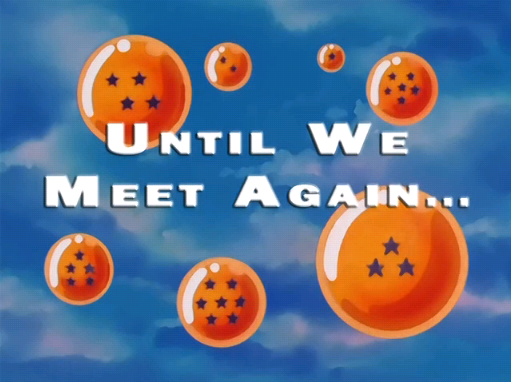With this week's blog we travel back to colorful India. We resume our discussion on culture and castes. Our first stop brings us to an unnamed large city and rural area inhabited by a Parsi population. This is the focus of A Fine Balance by Rohinton Mistry. While Dina Dala, Om, his uncle, Ishvar, and the student, Maneck, are moving on with their lives, we will proceed to a current buddy read of A Suitable Boy by Vikram Seth. Our cultural journey continues with a look at an Indian wedding and the accompanying exotic dishes.
Although the characters inhabiting these books belong to different rungs of Indian society, there is a connecting thread, both are buddy reads. I finished A Fine Balance earlier this year, reading it with my friend Mary from Goodreads. Mary added a whole another dimension to my interpretation and understanding of the book. My reading experience was greatly enhanced for reading this with her.
I'm currently reading A Suitable Boy as part of a buddy read that I am leading with the Goodreads group, You'll Love this One. For those of you who know me well, you know that I am a huge fan of buddy reads. I don't recall every being part of a buddy read that didn't enhance my enjoyment/knowledge of the book at least a little and usually a lot. If you haven't ever taken part in a buddy read, its worth trying at least once!
A Fine Balance by Rohinton Mistry
This paragraph encapsulates what A Fine Balance is about. Society attempts to put each character in their
| Rohinton Mistry |
Maneck is a student who comes to board with Dina when campus life becomes unbearable for him. He finds himself face-to-face with the need to act when challenged with the neediness of the tailors, Dina and others. Maneck's compartment centers around the desire of his aging parents to see him through trade school as a backup occupation to running their small family-owned store and cola-bottling business in the mountains. Maneck feels trapped by his parents' expectations.
| Parsi gathering |
Om finds himself squeezed by the rules of tradition in regards to marriage, his desire to be like Maneck, carefree and playful, but required to sew in order to survive. He rebels against his lot in life and inability to ascend to a higher level of independence.
Although sad things happen in this novel, there is much to be learned about India's history, Parsi culture, the castes and the futility of the Indian government of that time. The book offers the reader to glimpse Indian society through several sets of eyes inhabiting different backgrounds and positions in it. I highly recommend this book to around-the-world readers and anyone interested in reading about India.
A Suitable Boy by Vikram Seth
Since I am only 300+ pages into this 1500-page volume, my focus will be on a wedding that is depicted in the opening chapters. I found the symbolism and food captivating! The following descriptions of the festivities inspired me to dream a little about what it must have been like leading to a search for pictures to bring more perspective.
| Vikram Seth |
The welcoming ceremony completed, bride and groom moved together to the middle of the garden, where a small platform, decorated with more white flowers and open to the auspicious stars, had been erected. Here the priests, one from each family, and Mrs. Rupa Mehra and the parents of the groom sat around the small fire that would be the witness of their vows...
| Exchange of garlands |
| samosas |
| kachauris |
....Friends who had not met each other for months fell upon each other with loud cries, relatives who met only at weddings and funerals embraced tearfully and exchanged the latest news of third cousins thrice removed...
If you are anything like me, looking at these pictures and reading the description of this wedding makes
you wish you were there! Doesn't the
| laddus |
| galub jamun |
One has to wonder how many days it took the servants to prepare these foods. Most don't look like they would be something that could be prepared too quickly especially for a host of guests.
More wedding visuals....The barbaric children from rustic Rudhia ran around yelling as if they were playing pitthu on the farm. And though the plaintive, festive music of the shehnai had now ceased, a happy babble of convivial voices rose to the skies and quite drowned out the irrelevant chant of the ceremonies...
| gajak |
I hoped you enjoyed this culinary and cultural tour to an Hindu wedding as depicted by A Suitable Boy. Consider yourself cordially invited to join in our buddy read discussion of this book!
HAPPY READING...
